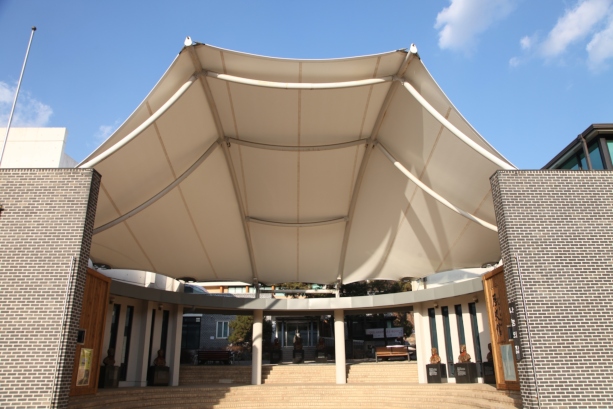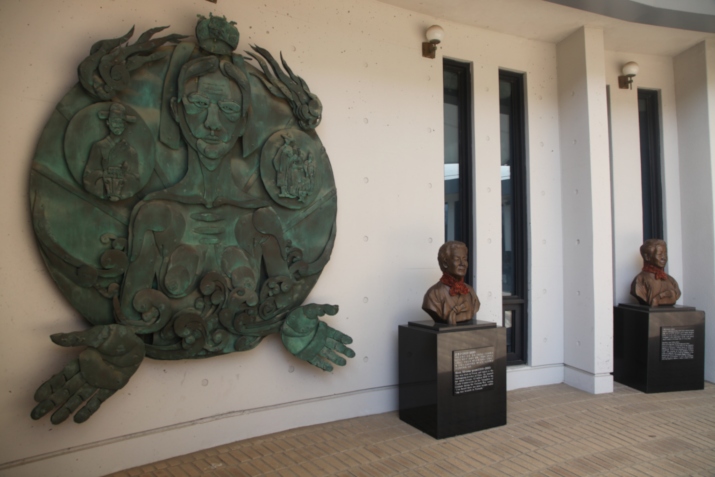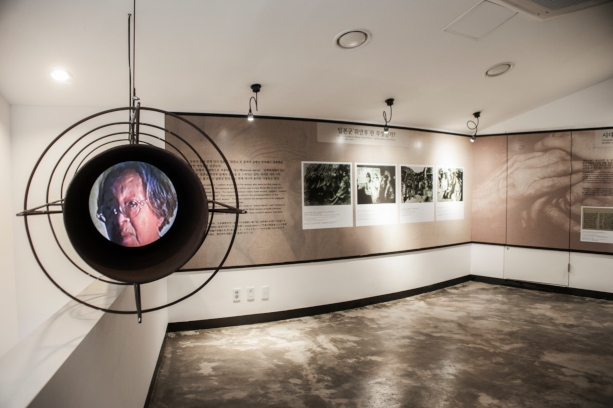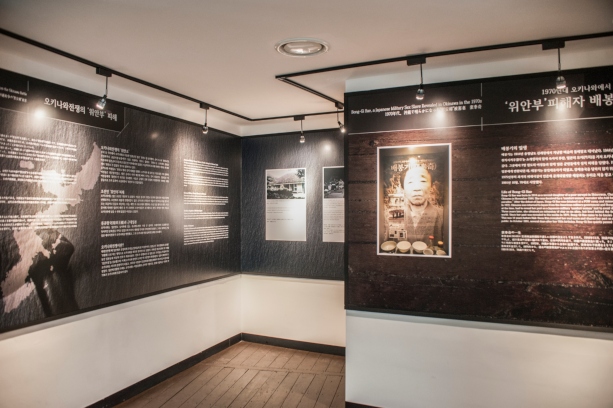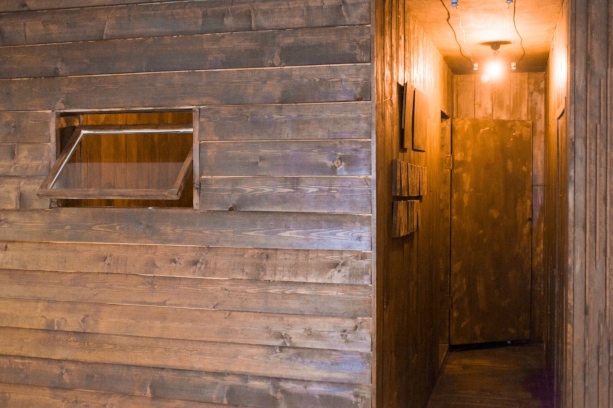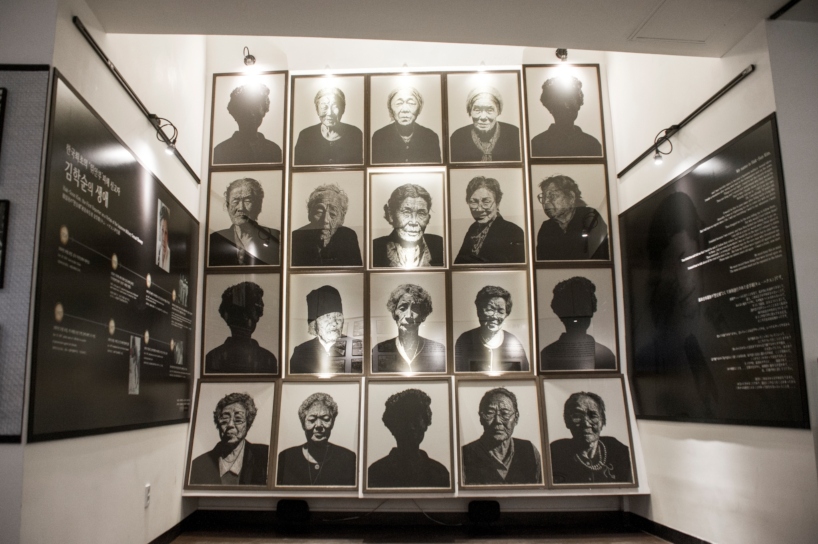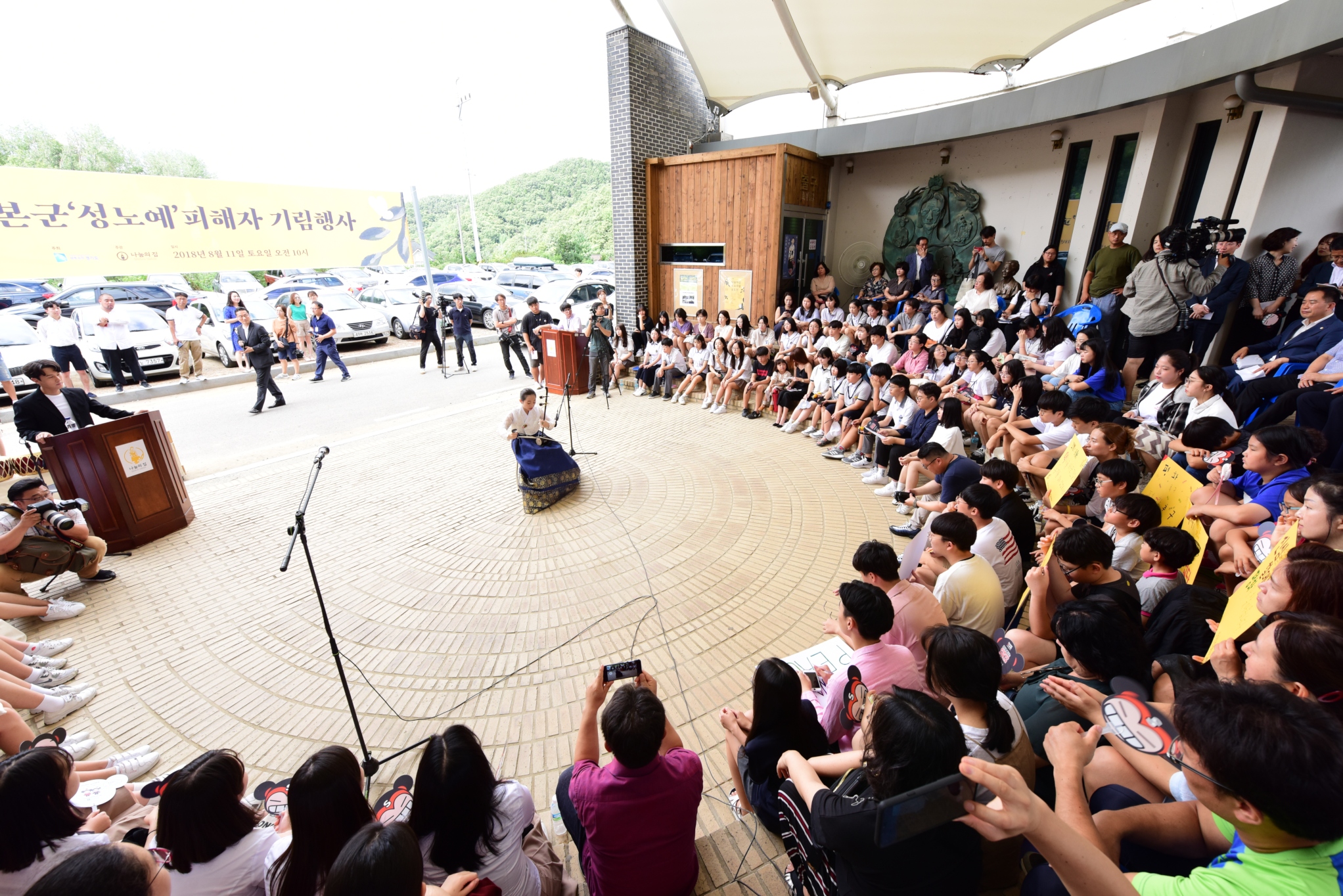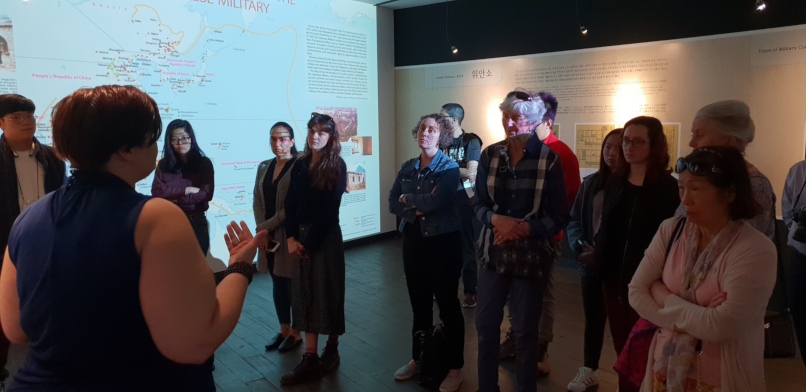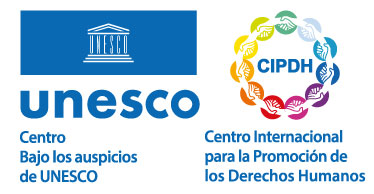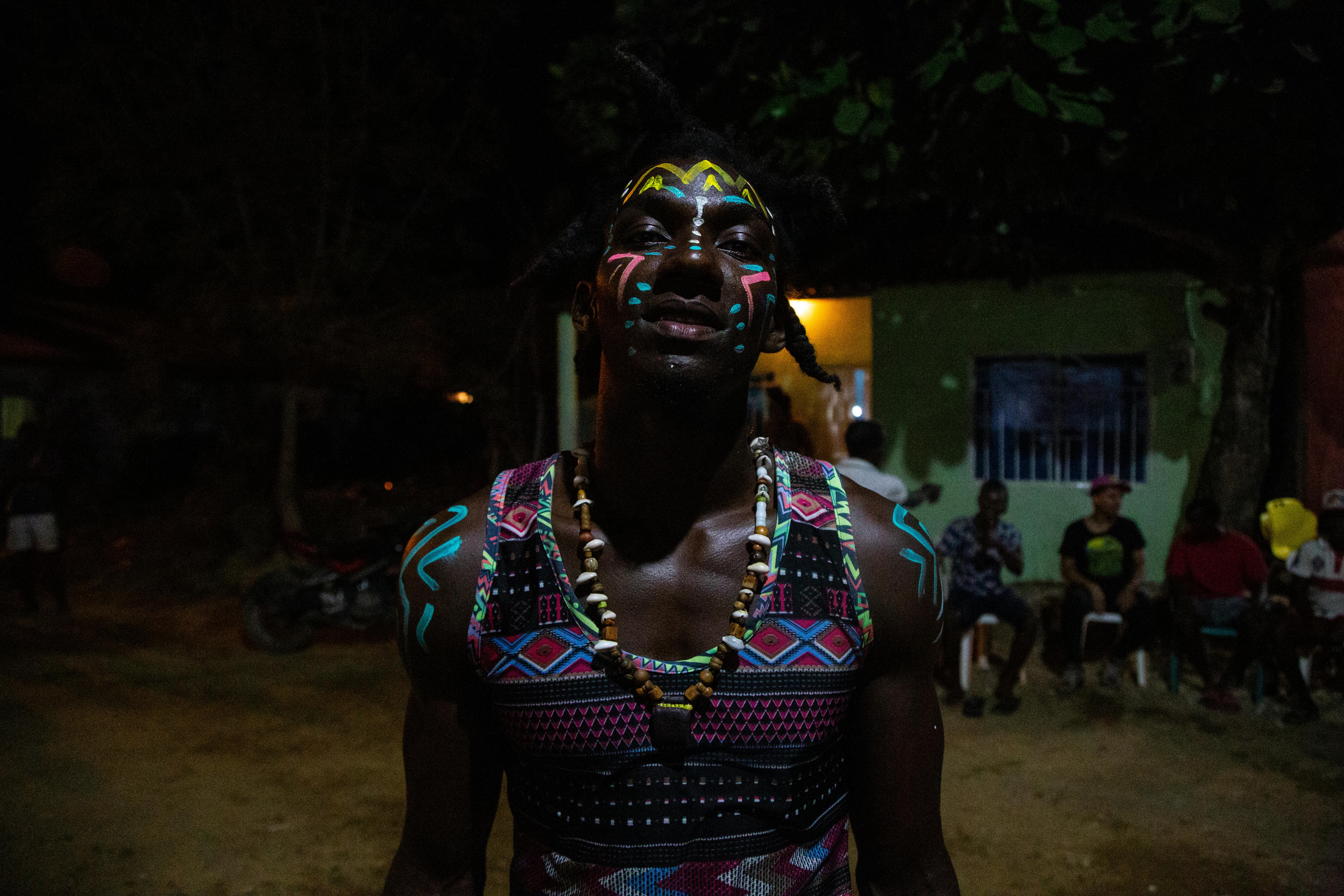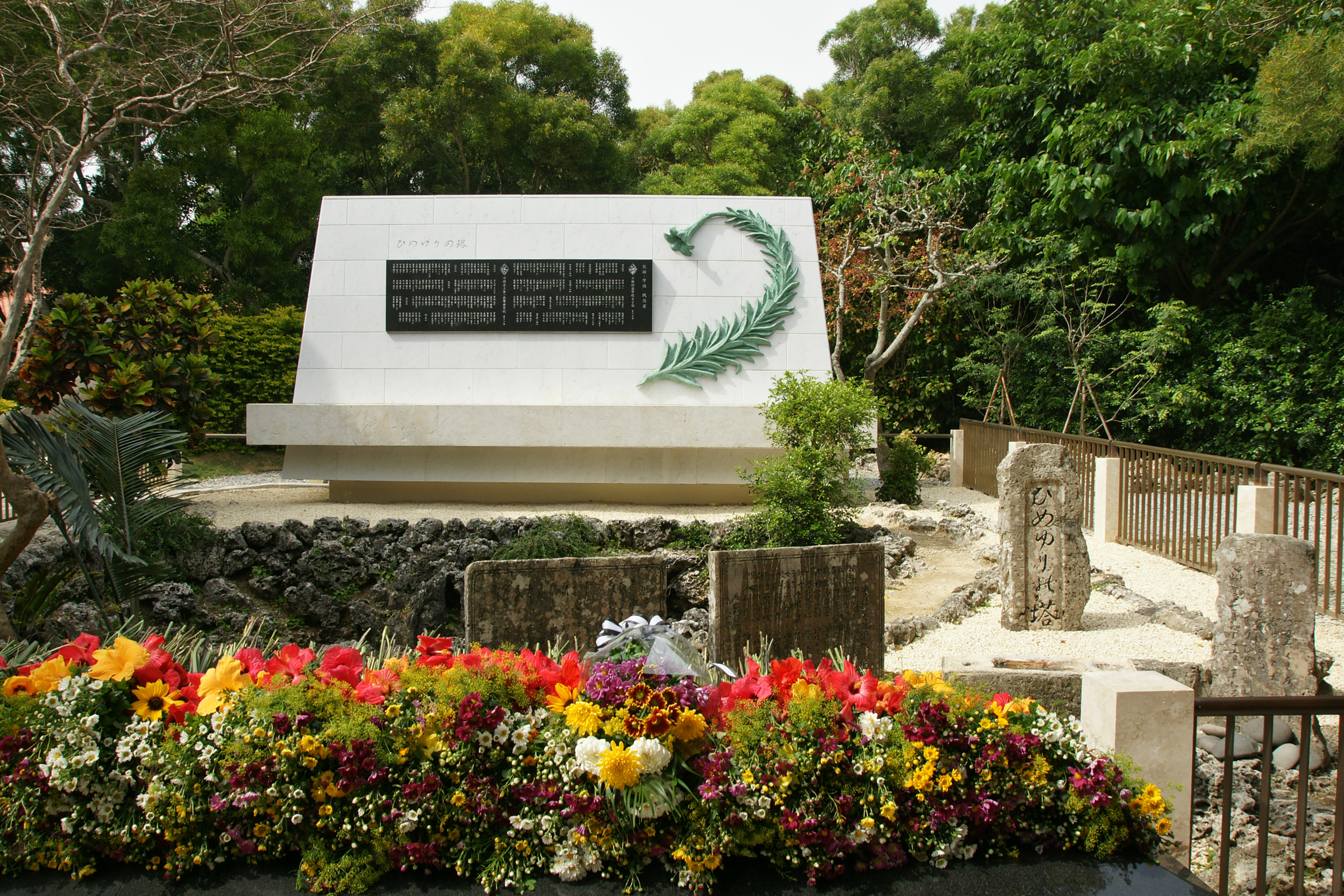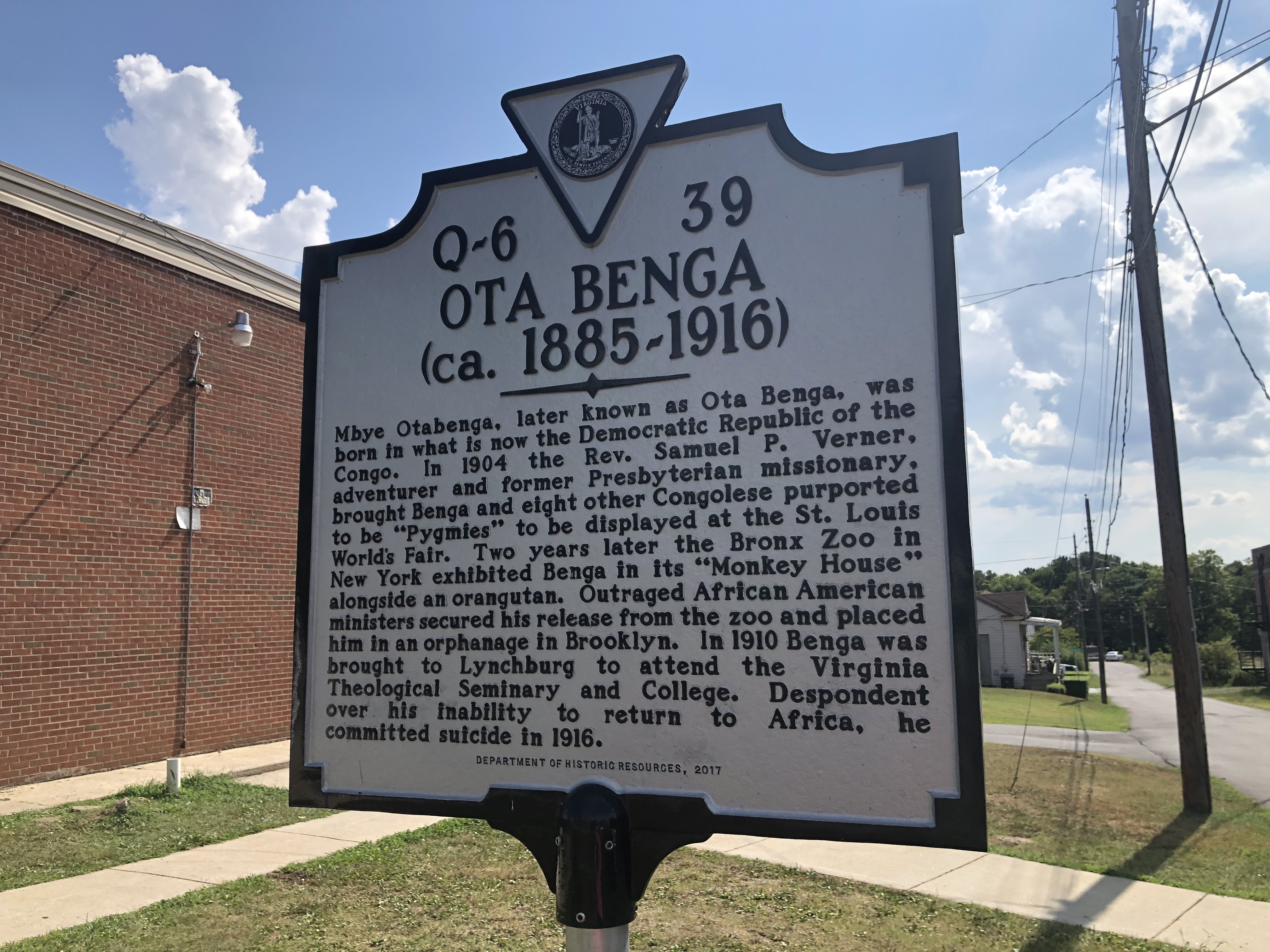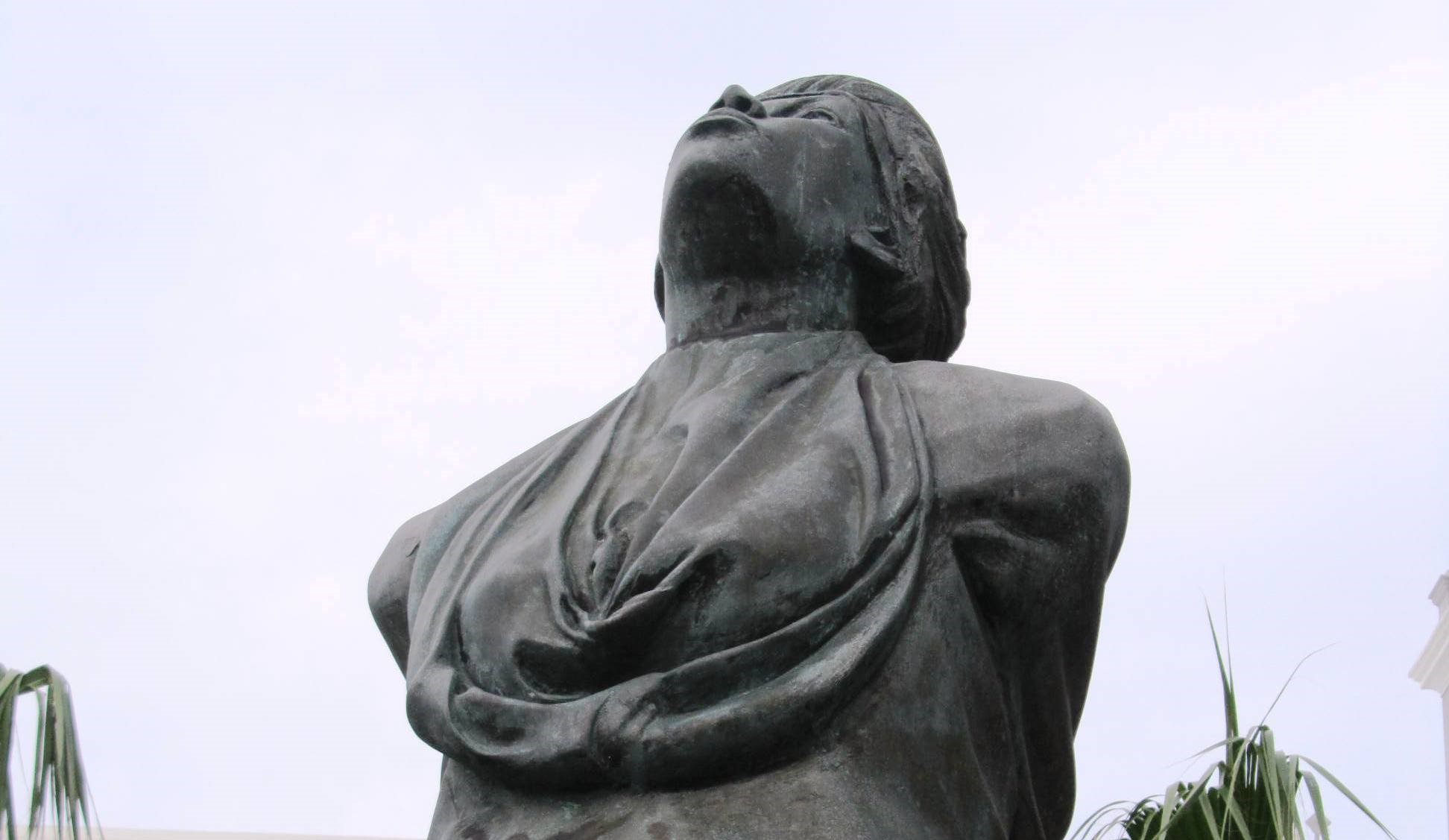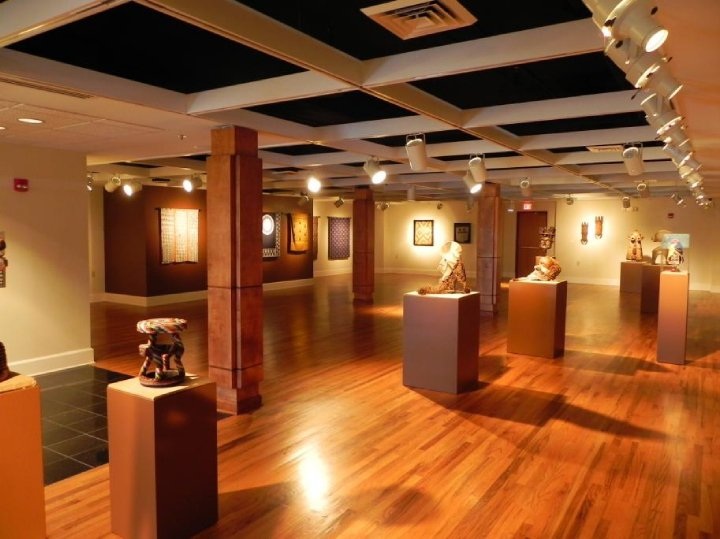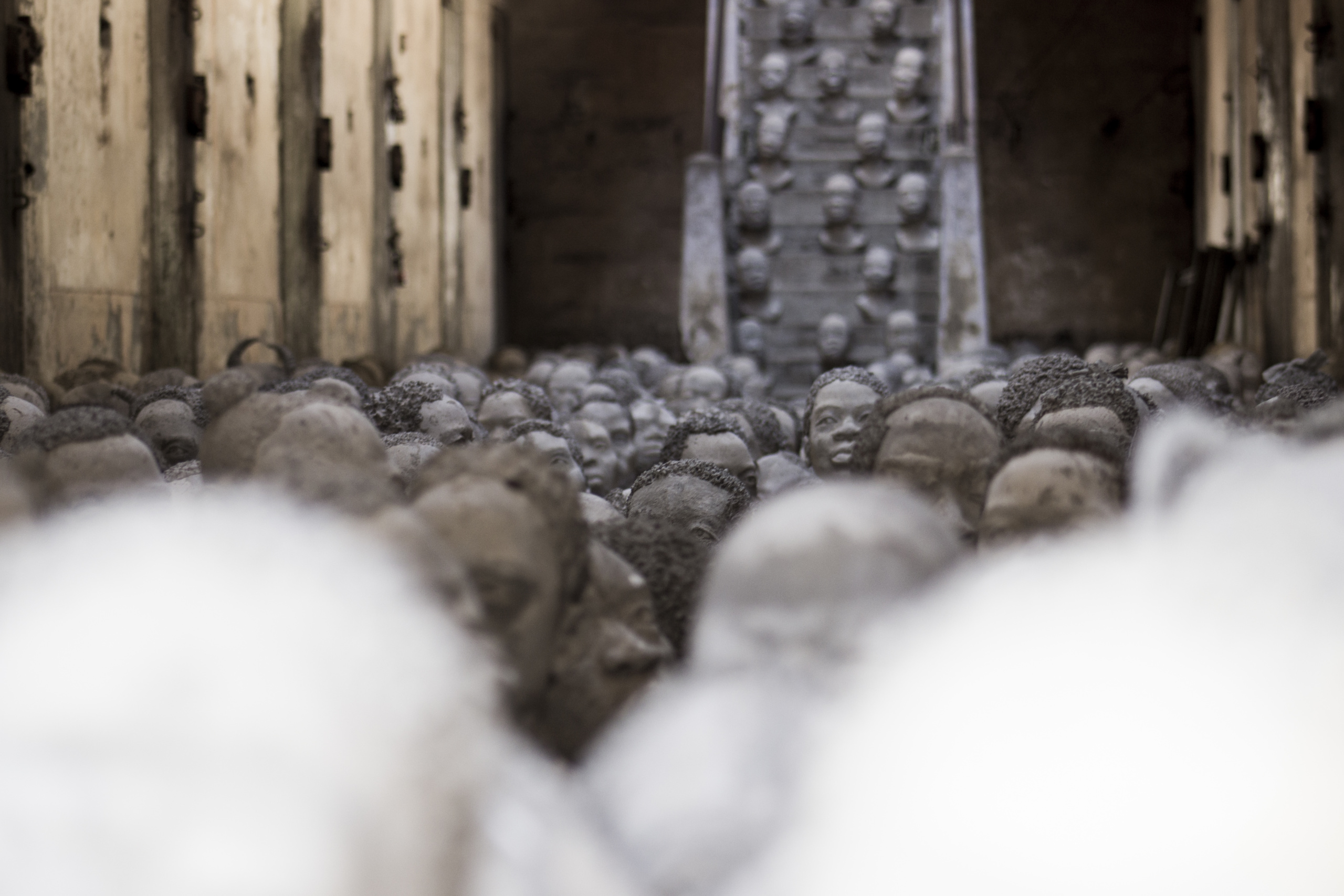House of Sharing and Museum of Sexual Slavery by the Japanese Army
Museum
Theme: Slavery

Address
85 Gasaegol-gil, Toechon-myeon
Country
South Korea
City
Gyeonggi-do
Continent
Asia
Theme: Slavery
Purpose of Memory
To honor those who were sexually enslaved by the Japanese military during World War II.
Institutional Designation
House of Sharing - Museum of Sexual Slavery by the Japanese Army
Date of creation / identification / declaration
1992
Public Access
Free
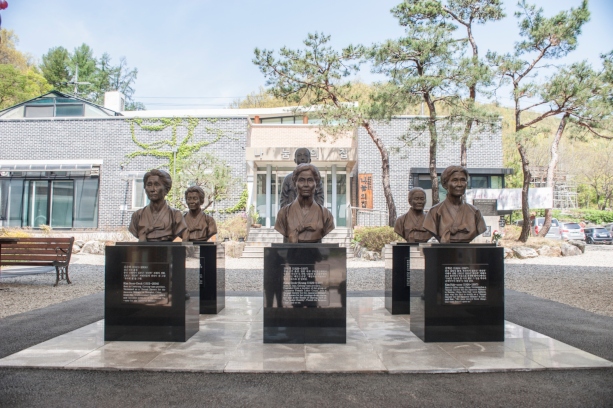
Location description
House of Sharing is a nursing home created for South Korean women who were sexually enslaved by the Japanese military during World War II. Nowadays, the Museum of Sexual Slavery by Japanese Military is located there. There is also a commemoration park where graves and bronze busts of the women that lived in the house were placed.
During the colonial and war period when Japan occupied Asia and the Pacific Islands (1930-1945), thousands of women, known worldwide as ianfu or comfort women, were victims of sexual abuse by soldiers of the Japanese military. Eighty percent of women were Korean and the other twenty percent were Chinese, Filipino, Indonesian and Dutch. Many were taken with false employment promises. They were sexually and systematically abused by the military at stations set up in Japan, Korea, Taiwan, China, Philippines, Indonesia and East Timor. As the World War spread to the Pacific, the number of “comfort stations” increased. It is estimated that there was at least one station in each battlefield.
It is calculated that the number of “comfort women” ranged from 50,000 to more than 200,000. Kidnapping of girls, mass rapes, forced abortions, humiliations and all kinds of sexual violence was exerted on these women leading to mutilations, death and suicides.
Sexual slavery by Japanese military became one of the most emblematic cases of human trafficking for sexual exploitation purposes during the 20th century.
Until the 1990s of the 20th century, “comfort women” was a taboo topic in the South Korean society. It stopped being one in the new international context of the end of the Cold War, during which feminist movements played a very active role. Kim Hak-soon, who testified on August 14 1991, and talked about her sufferings as a sexual slave of the Japanese military, was the first woman in the country to break the silence. These women became public figures in Korea, where they are known as halmoni (an affectionate term for “grandmother” in Korean). In June 1992, House of Sharing was founded for the purpose of taking care of women who had been sexually enslaved by the Japanese army between 1930 and 1945. The house located in Seoul was financed through funds raised by Buddhist organizations and several civil society organizations, and in 1995 it was moved to the city of Gwangju.
Since the beginning of the 1990s, aware of the fact that the abuse had been committed in several countries, members of House of Sharing have been trying to spread their claim across the world, by getting in contact with victims of the affected countries and giving conferences in different parts of the world. In recent years, House of Sharing has been actively participating in the process that seeks to include the archives of Korean victims of sexual slavery in the UNESCO’s Memory of the World Register.
One of the main activities of the organization are the demonstrations that take place on Wednesdays. Many activists of the Korean Council and members of the civil society gather in these demonstrations, which has been taking place every Wednesday since 1992 in front of the Japanese Embassy, to claim for legal remedies and an official apology from the Japanese government.
House of Sharing has been receiving governmental support from South Korea since 2000, when this organization was recognized as a social welfare place for the elderly. Since then, political leaders periodically participate in this site’s activities. One of the most relevant visits was that of the Prime Minister Lee Soo-Sung who, a few months after the inauguration, contributed funds for the construction of the site’s entrance.
Since 1998, the Museum of Sexual Slavery by Japanese Military is located there and especially welcomes schoolchildren and students. Many visitors carry out maintenance and cleaning tasks as volunteers.
